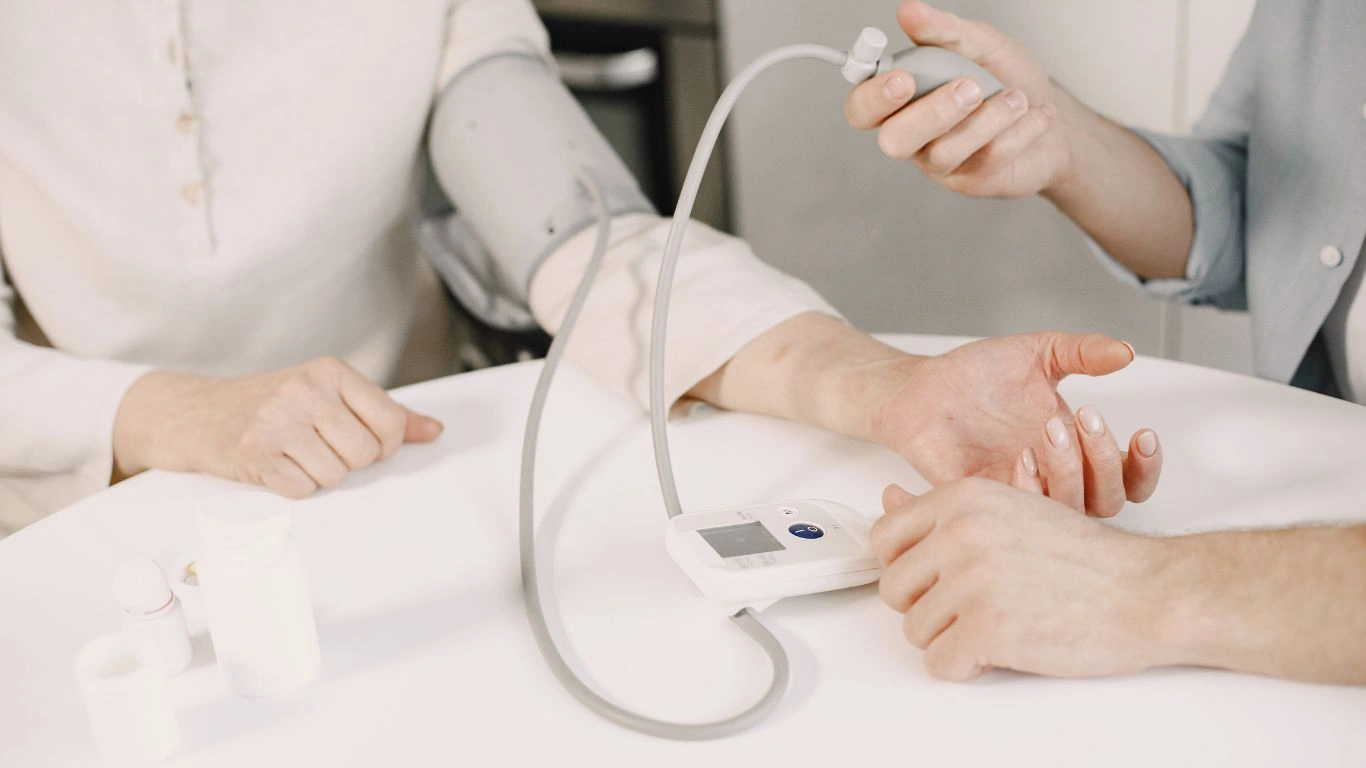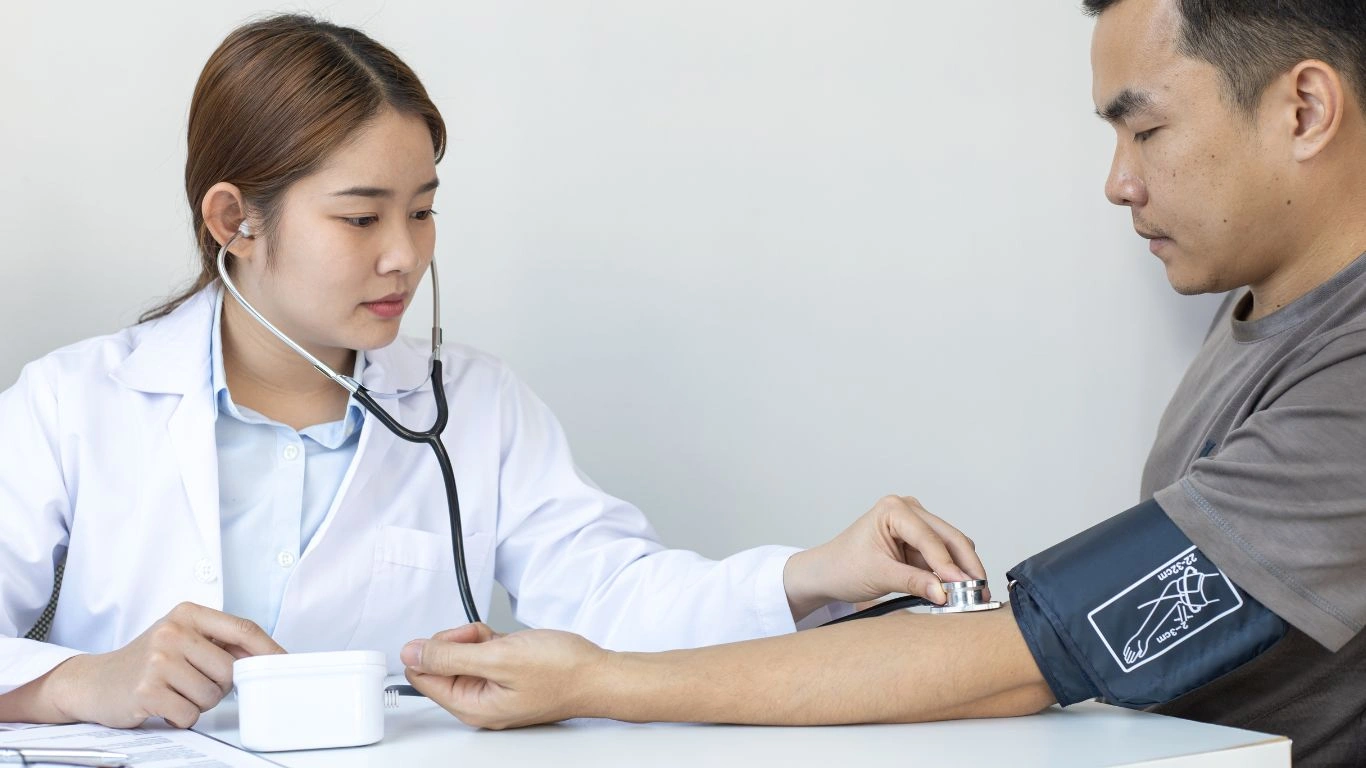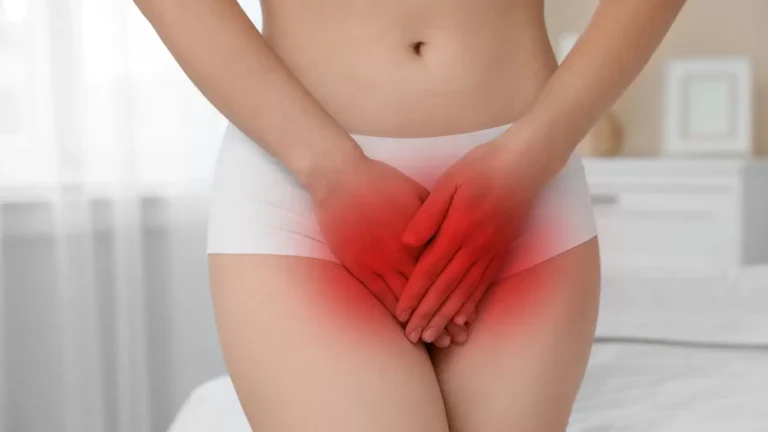7 Best Teas for Lowering Blood Pressure Naturally
When it comes to managing high blood pressure naturally, few things are as comforting as a warm cup of tea. But not just any tea—some varieties have powerful properties that can help relax blood vessels and lower hypertension levels. If you’re looking for the best tea for lowering blood pressure, you’re in the right place! As someone who has spent years studying hypertension, I’ve seen firsthand how small changes, like adding the right teas to your daily routine, can make a big impact.
The Science Behind Tea and Blood Pressure

Tea has been used for centuries as a natural remedy for various ailments, and high blood pressure is no exception. Many teas contain compounds that act as vasodilators, meaning they help blood vessels relax and improve circulation. This is crucial for people with hypertension, as restricted blood flow can put extra strain on the heart.
Some of the key components in blood pressure-lowering teas include:
- Flavonoids: These powerful antioxidants help reduce inflammation and support heart health.
- L-theanine: Found in certain teas, this amino acid promotes relaxation and reduces stress.
- Polyphenols: Known for their heart-protective benefits, they can help lower blood pressure naturally.
Best Teas for Lowering Blood Pressure

Now, let’s get into the real deal—the best teas that can help regulate blood pressure. These aren’t just random choices; they’re backed by science and personal experience. Over the years, many of my patients have successfully integrated these teas into their daily routines with noticeable results.
1. Hibiscus Tea: The Hypertension Hero
Hibiscus tea is often at the top of the list when it comes to managing high blood pressure. It’s rich in anthocyanins and antioxidants that help widen blood vessels, making it easier for blood to flow. Studies show that drinking hibiscus tea regularly can significantly reduce both systolic and diastolic blood pressure.
How to enjoy:
- Brew dried hibiscus flowers in hot water for about 5-10 minutes.
- Add a dash of honey or a squeeze of lemon for extra flavor.
- Drink one to two cups daily for optimal benefits.
2. Green Tea: The Antioxidant Powerhouse
If you’re a tea lover, you probably already know that green tea is packed with health benefits. What you might not know is that it contains catechins—potent antioxidants that help relax blood vessels and improve circulation. Regular green tea consumption has been linked to lower blood pressure levels, especially in people with mild hypertension.
Pro tip: Opt for unsweetened green tea to get the maximum benefits without added sugars that could counteract its effects.
3. Chamomile Tea: Stress Reduction for Blood Pressure Control
Stress and high blood pressure go hand in hand, and that’s where chamomile tea comes in. Known for its calming effects, chamomile helps reduce stress hormones that can contribute to hypertension. If you find yourself dealing with stress-induced blood pressure spikes, a cup of chamomile tea before bed can work wonders.
Stay tuned, because there are even more amazing teas that can support your heart health! I’ll be covering a few lesser-known but equally powerful options next.
4. Rooibos Tea: The Caffeine-Free Heart Booster
Now, if caffeine is a concern for you, rooibos tea is a fantastic alternative. This South African tea is naturally caffeine-free, making it a great option for those who are sensitive to stimulants or want to avoid any blood pressure spikes. Plus, rooibos is packed with quercetin, a compound known for its heart-protective and anti-inflammatory properties.
One of my patients, a retired teacher, swore by rooibos tea after struggling with hypertension for years. She switched from her usual black tea to rooibos, and within a few months, her blood pressure readings became more stable. It’s amazing what the right tea can do!
How to prepare:
- Steep a rooibos tea bag or loose leaves in hot water for about 5-7 minutes.
- Enjoy it plain or with a splash of milk (it pairs beautifully with plant-based milk too!).
- Drink in the evening for a relaxing, heart-friendly ritual.
5. Oolong Tea: The Balanced Blend for Blood Pressure
Oolong tea is like the perfect middle ground between green and black tea. It has just the right amount of oxidation, giving it a unique flavor and a powerful blend of antioxidants. Some studies suggest that regular oolong tea drinkers have a lower risk of high blood pressure compared to those who don’t drink tea at all.
It’s also known for supporting metabolism, which can be helpful if weight management is part of your blood pressure control plan. A little bonus benefit, right?
More Ways to Enhance the Benefits of Tea for Blood Pressure

While drinking the best tea for lowering blood pressure can make a difference, pairing it with other healthy habits will maximize the results. Here are some extra steps to support your heart health:
Pair Tea with a DASH-Friendly Diet
If you’ve heard of the DASH (Dietary Approaches to Stop Hypertension) diet, you know it’s one of the best eating plans for lowering blood pressure. Combining your tea routine with a diet rich in fruits, vegetables, lean proteins, and whole grains will give your cardiovascular system the extra support it needs.
Try this: Have a cup of hibiscus tea with a potassium-rich banana in the morning, or enjoy green tea alongside a handful of heart-healthy nuts.
Stay Hydrated
It might sound simple, but staying properly hydrated is crucial for blood pressure regulation. Dehydration can cause blood vessels to constrict, making it harder for your heart to pump efficiently.
Pro tip: Try alternating between herbal tea and plain water throughout the day. This way, you stay hydrated while reaping the benefits of blood pressure-friendly teas.
Limit Sugar and Processed Additives
One of the biggest mistakes I see people make with tea? Adding too much sugar! While honey or natural sweeteners in moderation are fine, piling on refined sugars can counteract the tea’s benefits. Stick to pure, unsweetened brews to let the natural goodness shine through.
Final Thoughts: Making Tea a Daily Ritual

Incorporating tea into your routine is more than just a way to lower blood pressure—it’s a form of self-care. Whether you prefer the tartness of hibiscus, the soothing effect of chamomile, or the heart-boosting power of rooibos, there’s a perfect tea for everyone.
Start small. Swap out one of your usual beverages for a blood pressure-friendly tea and see how it makes you feel. With consistency, you’ll likely notice improvements not just in your blood pressure, but in your overall well-being.
And if you’re anything like me, you’ll come to cherish those quiet tea-drinking moments as part of a daily wellness ritual.
Case Studies & Real-Life Examples

Nothing speaks louder than real-life experiences, right? Over the years, I’ve seen how the best tea for lowering blood pressure has transformed the health of many of my patients. Let me share a couple of inspiring cases.
Case Study #1: James’ Journey with Hibiscus Tea
James, a 54-year-old accountant, came to me with blood pressure readings consistently in the 150/95 range. He was already on medication but wanted to explore natural ways to complement his treatment. After discussing his lifestyle, I suggested he try hibiscus tea daily, especially in the evenings when stress levels peak.
Fast forward three months, and his blood pressure dropped to 130/85! He swore by his nightly cup of hibiscus tea, combined with a healthier diet and regular walks.
Case Study #2: Sarah’s Switch to Green Tea
Sarah, a 42-year-old teacher, was an avid coffee drinker but struggled with hypertension. She had never considered tea until I suggested swapping her second coffee of the day for green tea. The antioxidants in green tea, along with its gentle caffeine boost, helped her transition smoothly without withdrawal symptoms.
Within six weeks, she noticed reduced afternoon jitters, better sleep, and lower blood pressure levels. Now, she’s a dedicated green tea lover and even experiments with different varieties like matcha and sencha.
Key Takeaways: What You Need to Remember
We’ve covered a lot, but here are the main points to keep in mind:
- Hibiscus tea is one of the most effective teas for lowering blood pressure, thanks to its ability to relax blood vessels.
- Green tea contains antioxidants that support heart health and circulation.
- Chamomile tea helps reduce stress, which can be a major contributor to hypertension.
- Rooibos tea is a great caffeine-free option with powerful anti-inflammatory benefits.
- Oolong tea strikes a balance between green and black tea, offering heart-healthy properties.
- Pair your tea habit with a balanced diet, exercise, and proper hydration for the best results.
FAQs
How much tea should I drink daily for blood pressure benefits?
Studies suggest that drinking 2-3 cups of tea per day can have measurable effects on blood pressure. However, results may vary based on individual health conditions and lifestyle factors.
Can I still drink tea if I’m on blood pressure medication?
Yes, but always check with your doctor. Some teas, like hibiscus, can interact with certain medications. It’s best to monitor your blood pressure and adjust accordingly.
Does adding milk or sweeteners reduce the benefits of tea?
Adding a small amount of milk won’t negate the benefits, but excessive sugar can. If you need a touch of sweetness, try natural options like raw honey or cinnamon.
What’s the best time to drink blood pressure-lowering tea?
That depends on the type of tea! Green tea is great in the morning, hibiscus works well in the afternoon, and chamomile or rooibos are perfect for winding down at night.
Bonus: Additional Resources or DIY Tips
If you’re looking to take things a step further, here are some additional ways to make the most of your tea-drinking habit:
DIY Herbal Tea Blend for Blood Pressure
Want to get creative? Try making your own blend with these powerhouse ingredients:
- 1 part dried hibiscus petals
- 1 part green tea leaves
- ½ part dried chamomile flowers
- ½ part cinnamon sticks (crushed)
Mix these together and steep in hot water for 5-7 minutes. Enjoy the perfect heart-healthy combo!
Other Natural Remedies to Pair with Tea
- Increase potassium-rich foods like bananas and spinach.
- Practice deep breathing or meditation to manage stress.
- Stay physically active—tea works best when combined with movement!
Appendix: References, Disclaimer & Call to Action
For further reading, check out these reputable sources on heart health and hypertension:
Disclaimer: This article is for informational purposes only and does not replace professional medical advice. Always consult your healthcare provider before making any changes to your diet or lifestyle.
If you found this guide helpful, share it with a friend who might benefit from adding these teas to their routine! Let’s make heart health a priority, one sip at a time. 💙

Dr. Gwenna Aazee is a board-certified Internal Medicine Physician with a special focus on hypertension management, chronic disease prevention, and patient education. With years of experience in both clinical practice and medical writing, she’s passionate about turning evidence-based medicine into accessible, actionable advice. Through her work at Healthusias.com, Dr. Aazee empowers readers to take charge of their health with confidence and clarity. Off the clock, she enjoys deep dives into nutrition research, long walks with her rescue pup, and simplifying medical jargon one article at a time.






